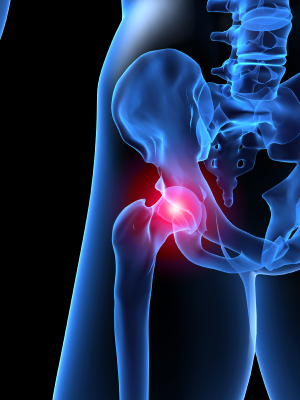An outbreak of fungal meningitis due to contaminated epidural methylpredinsolone (steroid) injections, made by the New England Compounding Center, has been ongoing throughout the United States. Meningitis is a disease caused by inflammation of the meninges, the membranes that cover the brain and spinal cord. It can be caused by bacteria, viruses, fungus, physical injury, cancer, and certain medications. Fungal meningitis is generally rare and non-contagious. In the recent outbreak of fungal meningitis, the contaminant was an environmental mold known as Exerohilum rostratum, a plant pathogen that rarely causes human disease. It was identified by polymerase chain reaction assay from CSF in at least 25 patients and it has been detected in at least one unopened vial from the implicated batch of methylprednisolone . A quarter of the steroid vials in a bin at the England Compounding center contained “greenish black foreign matter” and several rooms utilized to produce sterile products demonstrated mold or bacterial overgrowth according to the FDA.
All locations that received contaminated injections were notified and individuals who received injections from these locations were informed of the possibility of fungal infection. It is likely that not every individual who underwent an injection will contract fungal meningitis. However, individuals with underlying health conditions, circumstances surrounding the injection, and the level of contamination of a particular vial may increase susceptibility. The New England compounding center, where the injections were produced, was closed and all their products were recalled. The CDC currently reports over 300 infected and 25 deaths in patients who received contaminated injections.
Patients should inform physicians of any symptoms such as new-onset headache, neck stiffness, photophobia, fever, or a stroke-like presentation. The incubation period is 1-4 weeks after receiving the contaminated injection. Any individual can contract fungal meningitis; however, it is often seen in individuals with weakened immune systems, such as AIDs or cancer, or individuals taking immune-suppressants, like steroids or anti-TNF medications.
Blood cultures, imaging (Xray or CT), and lumbar puncture are used to diagnose meningitis. A definitive diagnosis is generally made by evaluating cerebrospinal fluid collected from a lumber puncture, also known as a spinal tap. CSF findings in fungal meningitis are increased pressure, increased protein, decreased glucose, and increased lymphocytes. It is essential to diagnose the specific cause of meningitis to determine treatment and severity of illness. Fungal meningitis is generally treated with long courses of high dose intravenous antifungal medications, such as amphotericin B or flucytosine. The length of treatment depends on the patient’s immune status and type of fungus. Individuals with weakened immune systems need to remain on treatment for longer.

